by Lisa Cooke | Feb 1, 2016 | 01 What's New, Conferences, Oral History, RootsTech
StoryCorps founder Dave Isay will keynote at RootsTech 2016. Can’t catch him there? Watch his inspiring TED talk about the stories of our lives. It will make 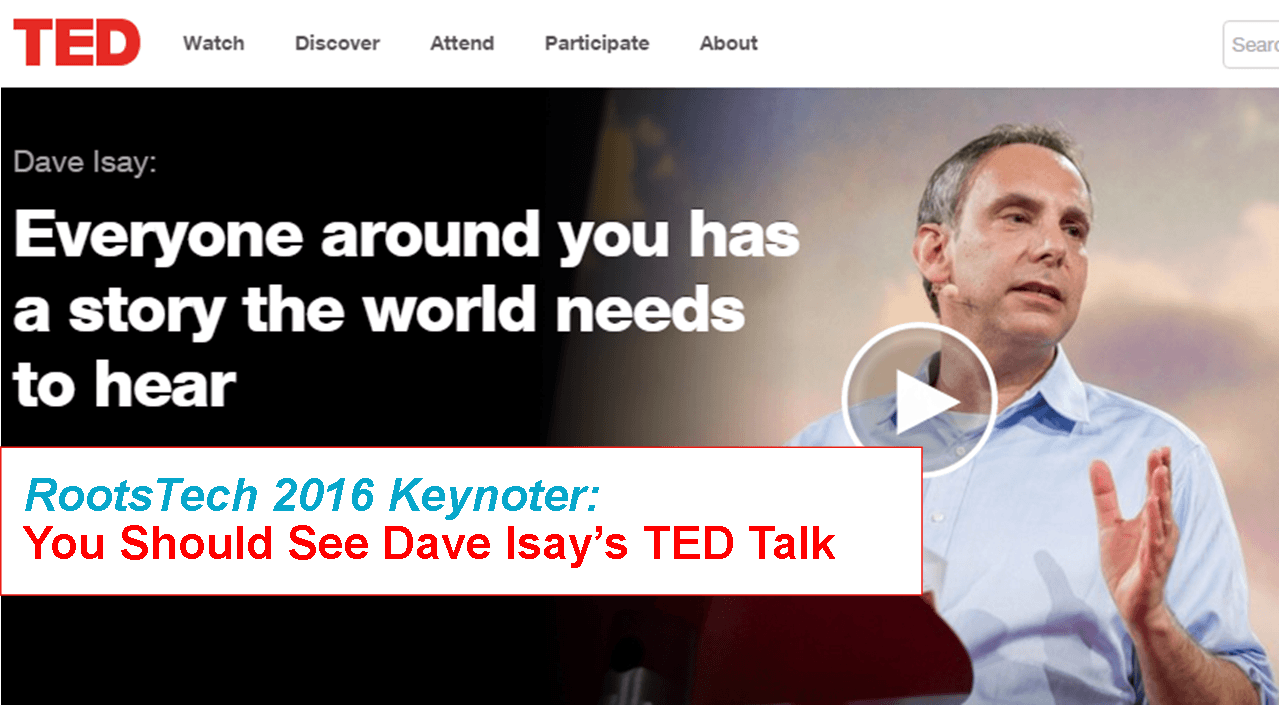 you want to go interview someone!
you want to go interview someone!
I’m looking forward to hearing Dave Isay at RootsTech 2016! An award-winning radio producer, MacArthur “Genius” Fellowship and TED prize winner, and the founder of StoryCorps, Dave has spent his life capturing other people’s stories. He’s so passionate about it–and he’ll be sharing that passion as a RootsTech keynoter on Friday, February 5.
Dave’s TED talk on gathering people’s stories is amazing and I’m not the only one who thinks so. It’s had over 1.1 million views so far. If you’re going to be at RootsTech 2016, don’t miss his talk. If you’re not (or if you want a sneak peak of his awesomeness), watch his TED talk below:
“Every life matters equally and infinitely,” Dave says. Inviting someone to talk about his or her life “may just turn out to be one of the most important moments in that person’s life, and in yours.” We do this when we record loved ones’ life stories. We honor their feelings, experiences and opinions by asking about them and preserving them. Sometimes we share personal moments of understanding, forgiveness or revelation. As Dave says, “Amazing conversations happen.”
Why not make it a goal to capture a loved one’s story in an interview in 2016? Better yet, why not do it soon, in celebration of Valentine’s Day? It’s a gift of love that builds your relationship with whomever you interview. And when you’re done, you’ll have documented more family history. What could be better?
We {Heart} These Ways to Capture a Loved One’s Oral History
Use the StoryCorps App (StoryCorps being the story-archiving program founded by Dave Isay)
Transcribe a Q&A with a Loved One: Write Your Family History
How to Reconstruct Childhood Memories
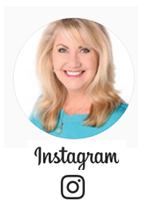
by Lisa Cooke | Oct 11, 2015 | 01 What's New, Gifts, Heritage Scrapbooking, Holidays, Oral History, Publishing, Writing Family History
This 3-step project will help you capture a relative’s life story in plenty of time for the holidays!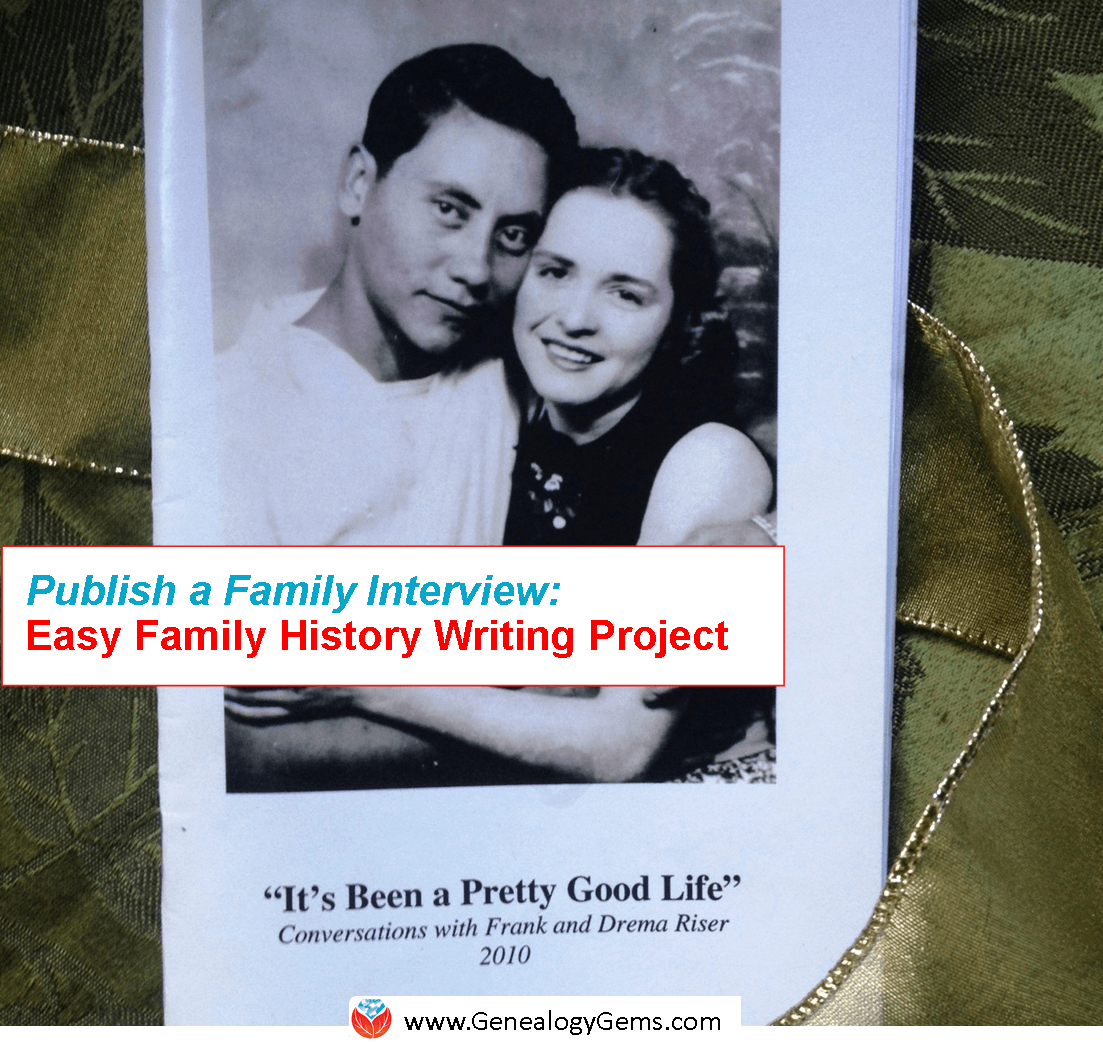
Reconstructing the life stories of our ancestors can sometimes feel like squeezing water from a stone. By comparison, gathering the life stories of the living can be like turning on a tap. All you have to do is direct and catch the flow.
Turn your family history interviews into a beautiful book–just in time for holiday sharing–with this three-step project. Simplify it or doll it up, depending on your time, talents and what you have to work with. Just do it! Write your family history! Here’s the basic outline:
1. Record an interview. Invite a relative to chat with you about his or her life stories. Decide together what the relative WANTS to talk about: childhood memories? Stories about a certain loved one or a particular time period? A little of everything? Consider using a list of life story questions or memory prompts like those you can find in my book, My Life & Times: A Guided Journal for Collecting Your Stories .
.
Before you begin, be clear that your goal is to write these stories up for the family. Meet in person, over the phone or by Skype (click here to learn how to record a Skype conversation). With permission, record the conversation. Ask plenty of follow-up questions, but otherwise keep your own comments to a minimum. For more interviewing tips, listen to this free Family History Made Easy podcast episode.
2. Transcribe the interview. After you’ve finished your chat, go back and type up the interview. Give yourself plenty of time: this takes longer than you think. Consider asking a fast-typing relative to help or hire a transcription service (here’s one option). Type things just as you hear them, incomplete sentences and all. Don’t include anything your loved one wants to keep “off the record.”
3. Print the transcript. Save an unedited copy of the typescript in your permanent files. Edit it a little to make it “reader-friendly” if you want to. Print it out. Add any extras, like family tree charts or copies of photos. Bind it however you prefer. (Genealogy Gems Premium website members can check out Lisa’s 3-part Premium podcast series on self-publishing: episodes 52-54). Share copies with loved ones: they make great holiday gifts.
Here’s a page from a sample project I did. It’s a simple stapled book, printed in landscape (sideways) format on regular-sized paper. I left the narrative in the format 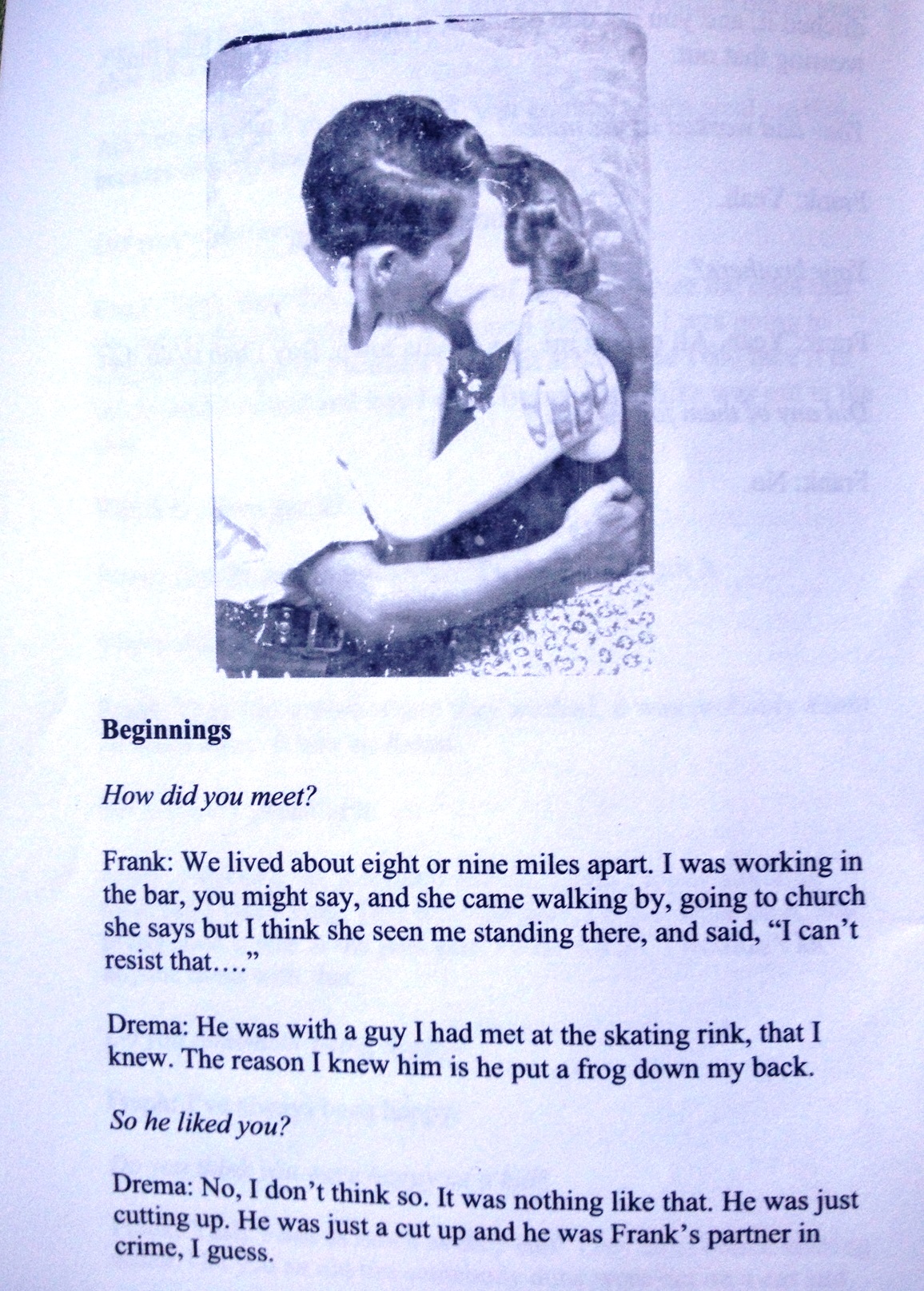 of a simple Q&A, just like it was spoken. I did edit slightly for clarity and flow. My questions are in italics and the speakers are identified (I was interviewing a husband and wife together). I added a few photos.
of a simple Q&A, just like it was spoken. I did edit slightly for clarity and flow. My questions are in italics and the speakers are identified (I was interviewing a husband and wife together). I added a few photos.
I shared copies of this book with every family member as holiday gifts a few years ago. Now everyone has a special legacy gift featuring this couple: their children, their grandchildren and even their great-grandchildren.
Now is the time for you to write a portion of your family history, and I’m here to help and support you. I will be conducting a fun and productive one-week workshop called the Genealogist’s Essential Writing Workshop at Family Tree University starting October 19. You can do this and I’m here to help!
Additional Family History Writing Resources from Genealogy Gems
Disclosure: This article contains affiliate links and Genealogy Gems will be compensated if you make a purchase after clicking on these links (at no additional cost to you). Thank you for supporting Genealogy Gems!
by Lisa Cooke | May 3, 2015 | 01 What's New, Apps, images, Interviewing, Memory Lane, Oral History, United States
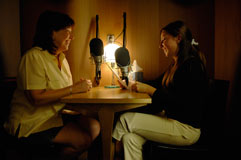 Recently a friend sent me a link to a TED talk by StoryCorps founder Dave Isay. As a radio broadcast journalist, Dave has spent his life capturing other people’s stories. The profound impact this had on him led him to found StoryCorps, which collects and archives interviews with everyday people.
Recently a friend sent me a link to a TED talk by StoryCorps founder Dave Isay. As a radio broadcast journalist, Dave has spent his life capturing other people’s stories. The profound impact this had on him led him to found StoryCorps, which collects and archives interviews with everyday people.
“Every life matters equally and infinitely,” Dave learned, something we discover as family historians, too. He talks about how inviting someone to talk about his or her life “may just turn out to be one of the most important moments in that person’s life, and in yours.” This is something I try to explain to people about family history interviews: asking respectful questions and listening just as respectfully is a gift we can give our relatives when we interview them.
StoryCorps started with a little recording booth in Grand Central Terminal, one of the busiest places in the world to hold these intimate conversations. Two people share a conversation, one interviewing and the other being interviewed, and a facilitator helps them record the conversation and leave with a copy of it. Another copy goes to the Library of Congress.
In our own ways, we do this when we record loved ones’ life stories. We honor their feelings, experiences and opinions by asking about them and preserving them. Sometimes we share personal moments of understanding, forgiveness or revelation. In my experience, it’s similar to what unfolds in the StoryCorps booths: “Amazing conversations happen.”
In Dave’s TED talk, he shares snippets of some of those amazing conversations, like A 12-year old boy with Asperger’s syndrome interviewing his mother, and a husband sharing his love for his wife: “Being married is like having a color television set. You never want to go back to black and white.”
 StoryCorps now has an app that helps people capture conversations like these. A digital facilitator walks you through the interview process, the app records the conversation, and then you can save and share the resulting audio file. Why not record an interview in honor of Mother’s Day or Father’s Day this spring with the StoryCorp app? Or have a meaningful conversation with an aunt or uncle, sibling, cousin or your child or grandchild.
StoryCorps now has an app that helps people capture conversations like these. A digital facilitator walks you through the interview process, the app records the conversation, and then you can save and share the resulting audio file. Why not record an interview in honor of Mother’s Day or Father’s Day this spring with the StoryCorp app? Or have a meaningful conversation with an aunt or uncle, sibling, cousin or your child or grandchild.
 Genealogy Gems Premium members can learn more about preserving the stories of your own life in the Genealogy Gems Premium Podcast Episode 116, in which I interview Laura Hedgecock, author of Memories of Me.
Genealogy Gems Premium members can learn more about preserving the stories of your own life in the Genealogy Gems Premium Podcast Episode 116, in which I interview Laura Hedgecock, author of Memories of Me.
by Lisa Cooke | Dec 23, 2014 | 01 What's New, Evernote, images, Listeners & Readers, Oral History, Organization, Video
 Do you have old home movies, footage of oral history interviews or any other type of family history video to keep track of? I recently heard from Ricky with this question:
Do you have old home movies, footage of oral history interviews or any other type of family history video to keep track of? I recently heard from Ricky with this question:
Q: How do I add video to Evernote?
A: Thankfully, it’s easy on your computer:
- Open Evernote.
- Click New Note button.
- Open Windows Explorer and resize so you can see both the window and Evernote.
- Locate the desired video on your hard drive.
- click on the video and drag and drop it on to the new note.
That’s it!
From your mobile device when you have the Evernote app installed:
- Locate the video (ex. on the iPhone open Video app).
- Tap Share icon.
- Select Email.
- Start to type “ever” and your unique Evernote email address associated with your Evernote account should auto-fill.
- Send.
This will send the video to Evernote as a new note.
Keep in mind that video files are very large so take up a lot of your monthly upload limit. If you are a Premium Member, that’s not so much of a problem.
Resources
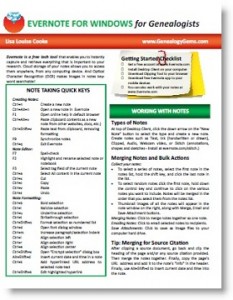 How to Get Started in Evernote, and the Ultimate Evernote Education
How to Get Started in Evernote, and the Ultimate Evernote Education
My Evernote for Genealogists quick reference guide is available for both Mac and Windows users (purchase the one that goes with your computer’s operating system, not your mobile device). Click to download it!
Genealogy Gems Premium members can also access exclusive full-length videos on how to use Evernote for family history, like:
Not a Premium member yet? The Evernote video series alone makes Premium membership worth the low annual fee, but you get SO much more! Learn more here.
by Lisa Cooke | Jul 9, 2014 | 01 What's New, African-American, Digital Archives, Libraries, Oral History
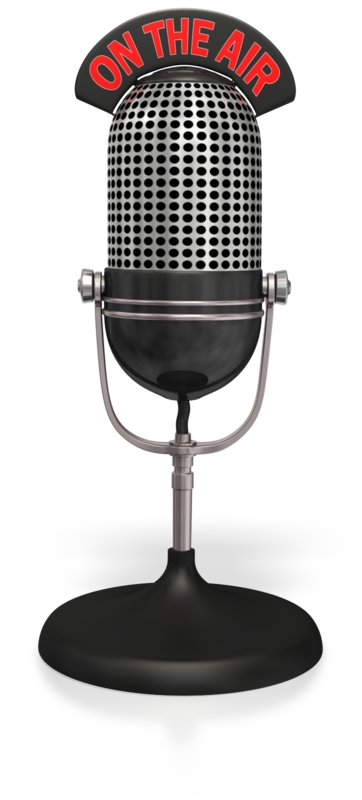 A video archive of oral history interviews about African-American life, history and culture and struggles and achievements of the black experience in the United States has been donated to the Library of Congress.
A video archive of oral history interviews about African-American life, history and culture and struggles and achievements of the black experience in the United States has been donated to the Library of Congress.
It’s called the HistoryMakers archive, and it’s the single largest archival project of its kind since the WPA recordings of former slaves in the 1930s. According to a press release, “The collection includes 9,000 hours of content that includes 14,000 analog tapes, 3,000 DVDs, 6,000 born-digital files, 70,000 paper documents and digital files and more than 30,000 digital photographs.”
“The collection comprises 2,600 videotaped interviews with African-Americans in 39 states, averaging three to six hours in length. The videos are grouped by 15 different subject areas ranging from science, politics and the military to sports, music and entertainment.”
“The HistoryMakers archive provides invaluable first-person accounts of both well-known and unsung African-Americans, detailing their hopes, dreams and accomplishments—often in the face of adversity,” said James Billington, the Librarian of Congress. “This culturally important collection is a rich and diverse resource for scholars, teachers, students and documentarians seeking a more complete record of our nation’s history and its people.”
 “The collection is one of the most well-documented and organized audiovisual collections that the Library of Congress has ever acquired,” said Mike Mashon, head of the Library’s Moving Image Section. “It is also one of the first born-digital collections accepted into our nation’s repository.”
“The collection is one of the most well-documented and organized audiovisual collections that the Library of Congress has ever acquired,” said Mike Mashon, head of the Library’s Moving Image Section. “It is also one of the first born-digital collections accepted into our nation’s repository.”
This African American oral history archive was donated so it would be preserved and accessible to generations yet to come. However, this doesn’t mean the HistoryMakers organization is done gathering stories. According to the press release, “oral histories are continually being added to the growing archive. The oldest person interviewed was Louisiana Hines, who passed away in 2013 at 114. She was one of the iconic “Rosie the Riveter” workers during War World II. One of the youngest is a prima ballerina, Ayisha McMillan, who was 29 at the time of her interview.”
Visit the HistoryMakers Archive here.
 you want to go interview someone!
you want to go interview someone!


 of a simple Q&A, just like it was spoken. I did edit slightly for clarity and flow. My questions are in italics and the speakers are identified (I was interviewing a husband and wife together). I added a few photos.
of a simple Q&A, just like it was spoken. I did edit slightly for clarity and flow. My questions are in italics and the speakers are identified (I was interviewing a husband and wife together). I added a few photos.








